The 1960s saw some prestigious directors approach the horror genre with a more nuanced look at scares. After a decade of monster movies, the 1960s saw a plethora of Hammer Films releases based on classic Universal Monsters. However, those movies never ranked at the top of fans' lists when names like Alfred Hitchcock and Roman Polanski were working in the genre.
The decade saw some of the best horror movies in cinema history hit theaters, with four of the best movies getting an IMDb score of eight or more and more than one named to the Library of Congress based on cultural significance. From serial killers and killer birds to Satanists tormenting a young mother, the 1960s had a great batch of horror movies.
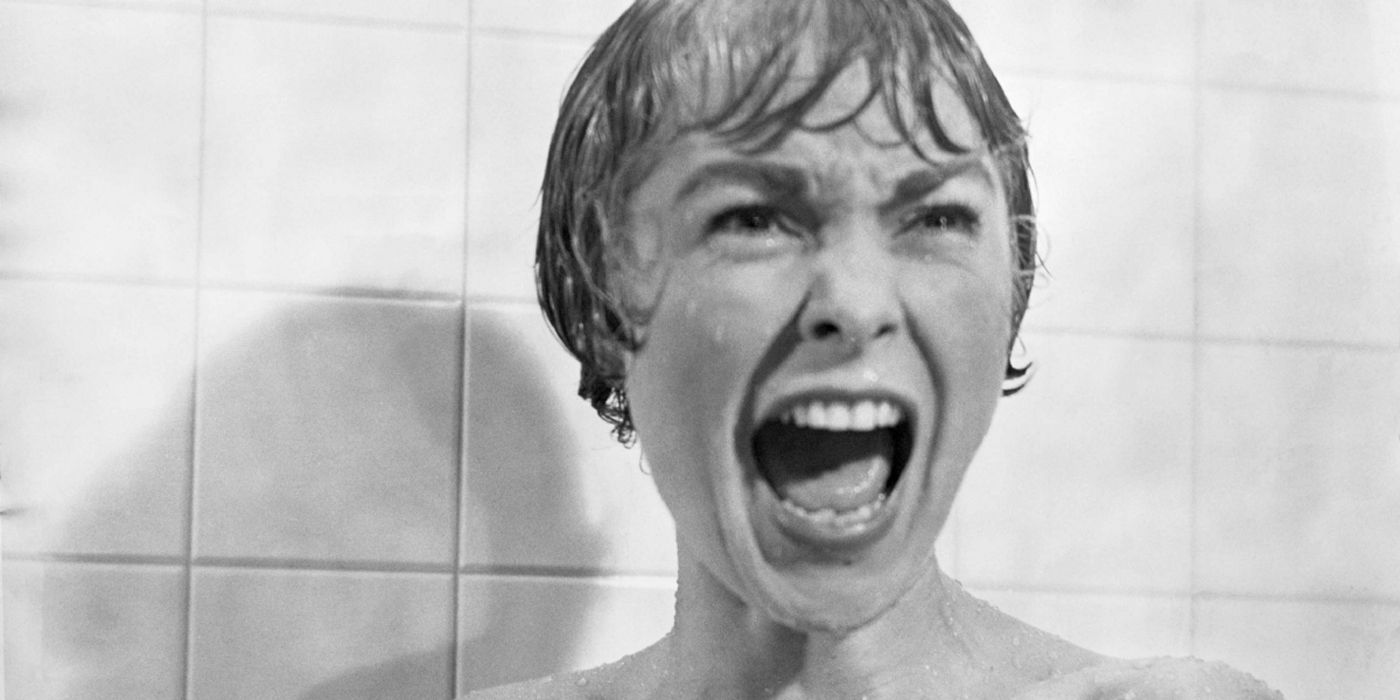
In 1960, Alfred Hitchcock moved from thrillers to straight horror with Psycho. The movie was a massive success, with one of the most shocking opening scenes in movie history and a tense and terror-filled pace that kept audiences on edge to the end.
The movie, shot in black and white, features serial killer Norman Bates as he awaits his next victim at the Bates Motel. It picked up for Oscar nominations, including Best Director, and was added to the Library of Congress in 1992. Psycho was also one of the earliest movies to influence the slasher genre.

The Innocents was one of several adaptations of the Henry James horror novel The Turn of the Screw. Directed by Jack Clayton with a screenplay that included the work of Truman Capote, the movie starred Deborah Kerr as the American woman applying for the role of a governess and finding more than what she bargained for.
The movie stands above other versions of the story because it is a more nuanced look at the horrors that the governess finds in the house and one that attempts to bring more psychological horror into the mix outside of the ghosts.
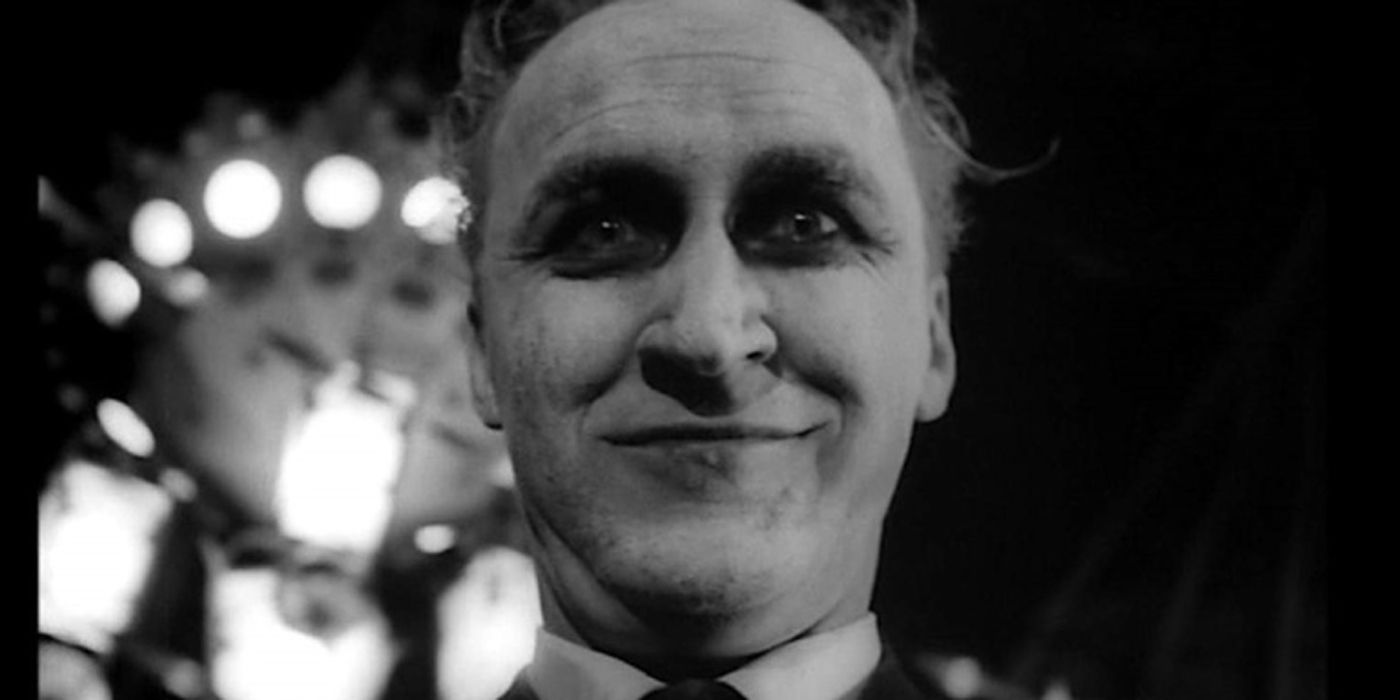
Carnival of Souls hit in 1962 as an independent horror movie shot on a low budget, but one that has stood the test of time as a cult classic. While the movie was mostly forgotten for years, a revival in Halloween festivals and the praise of some iconic horror filmmakers helped it achieve its status as the best-reviewed horror movie of 1962 on IMDb.
The movie features a woman named Mary who is drag racing with her friends. When the car plunges off the side of a bridge, Mary somehow survives but then ends up haunted by a ghoulish figure known as The Man.
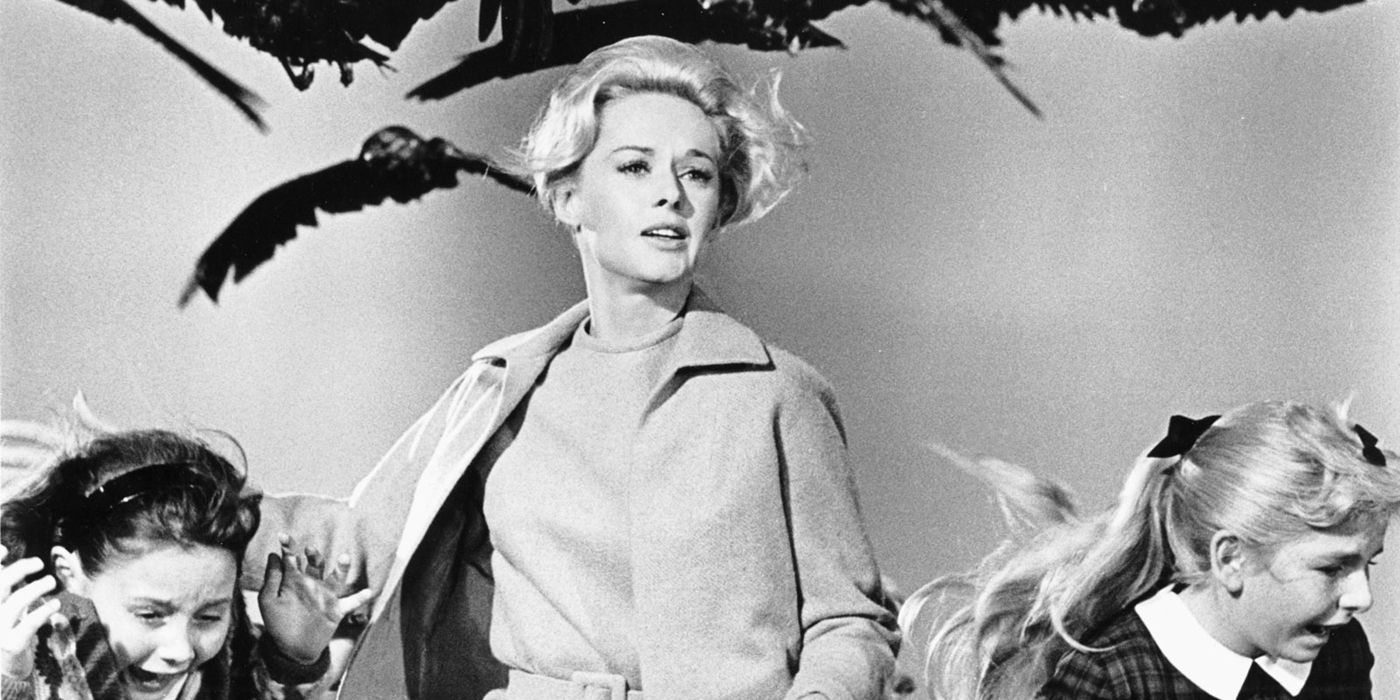
Alfred Hitchcock returned to horror three years after his massive success with Psycho. In 1963, the movie was The Birds, which starred Tippi Hedren in her debut movie role. Melanie is a socialite who heads to Bodega Bay in California and finds the entire town under attack by birds.
The movie picked up an Oscar nomination for the effects and Hedren won a Golden Globe for New Star of the Year. The movie was a nice change for Hitchcock at the time, as he reverted to the fun aspects of horror, while never letting up on his trademark tension. It entered the Library of Congress for its cultural significance in 2016.
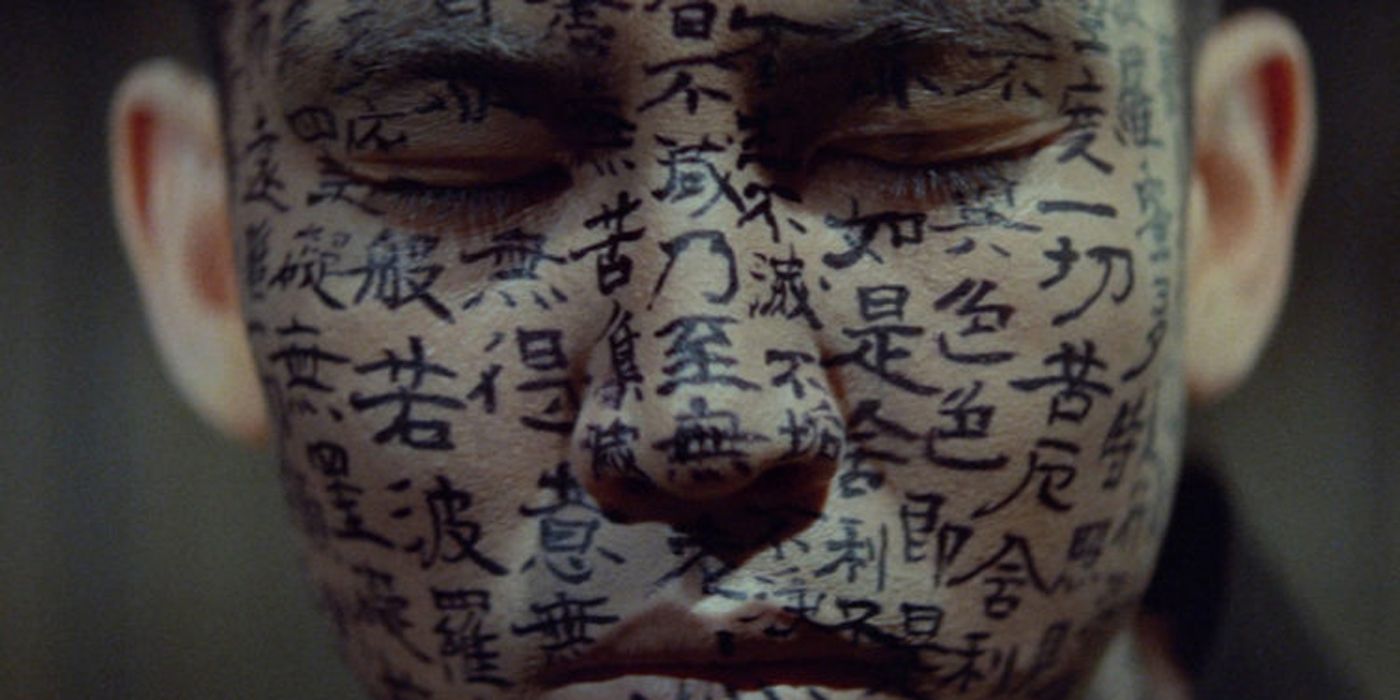
Kwaidan is a Japanese anthology movie that literally means ghost stories. The movie has four different unrelated short movies, but each has a connection as ghost stories. The movie was screened at the Cannes Film Festival and even went on to win an Oscar for Best Foreign Language Film.
This anthology is like no other. The colors are vibrant, which contrasts with the doom and gloom of Kwaidan. The movie is also a great look at Japanese folklore.
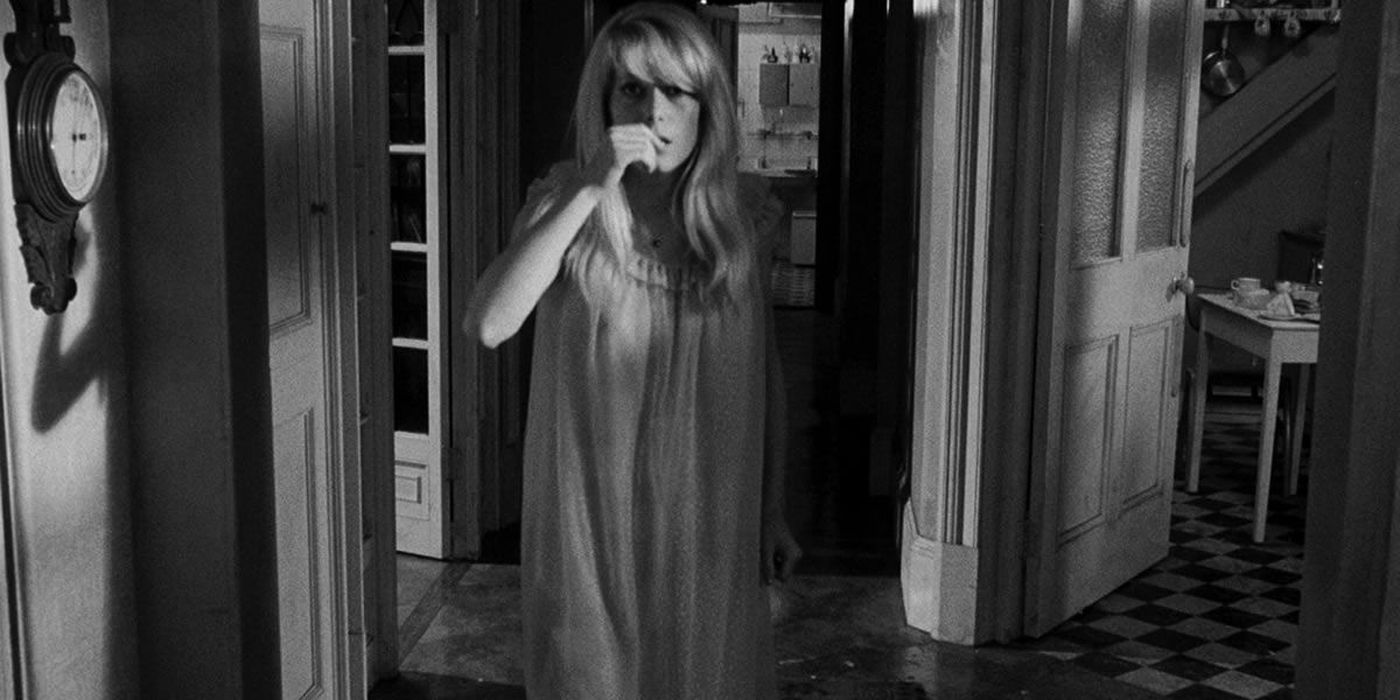
Roman Polanski released his second movie and his first major American hit in 1965 with Repulsion. While he picked up an Oscar nomination for Best Foreign Language Film for Knife in the Water, Repulsion was proof that he was one of the best new names in horror in the 1960s.
The movie stars Catherine Deneuve as Carol, a woman who is left alone in her apartment and begins to experience hallucinations and nightmarish situations. The movie was top-quality psychological horror and was a masterclass of terror.
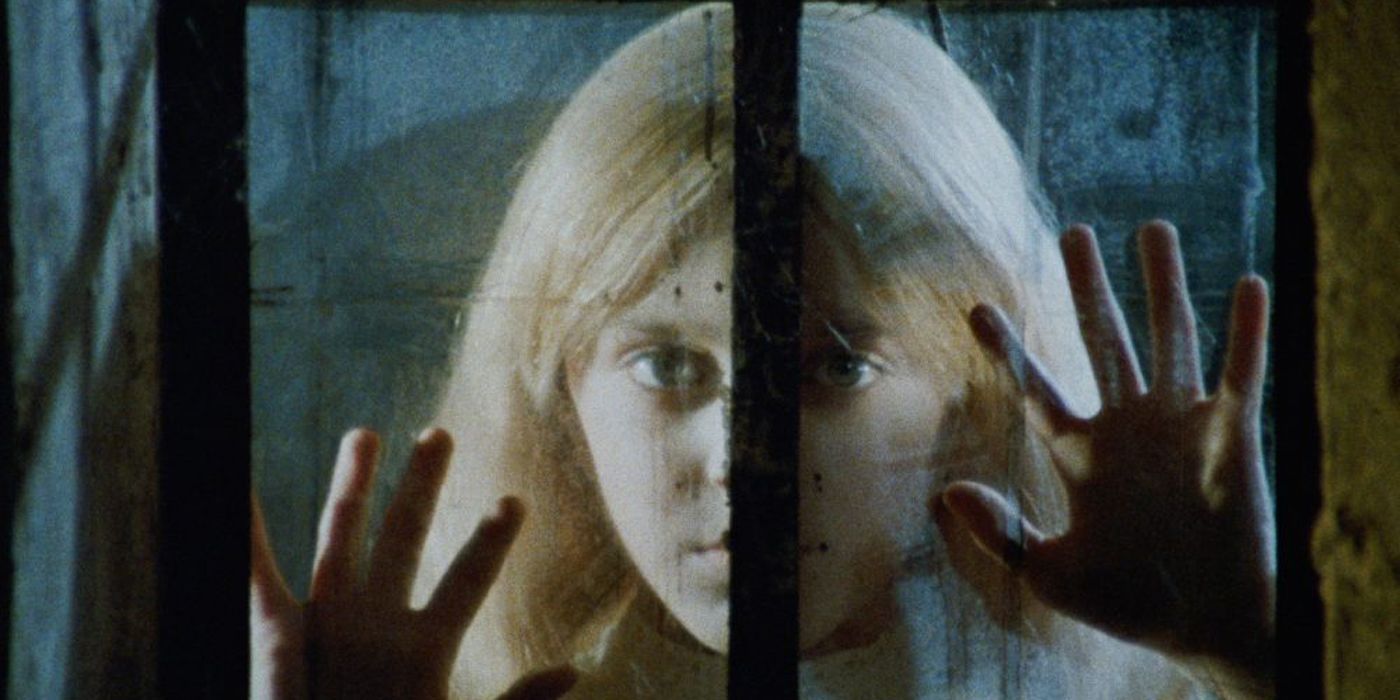
The highest-rated horror movie from 1966 was an Italian gothic horror movie by Mario Bava. Known as the Master of Italian Horror, Bava had been working in the film industry since 1937, but he didn't start directing movies until 1957.
With Kill, Baby... Kill!, Bava had his biggest box office success of the time, as the movie outgrossed his previous directed movies. In this movie, the ghost of a young girl haunts a village and a doctor sets out to figure out how to stop the deaths. The movie has stood the test of time, and might be one of Bava's best movies.
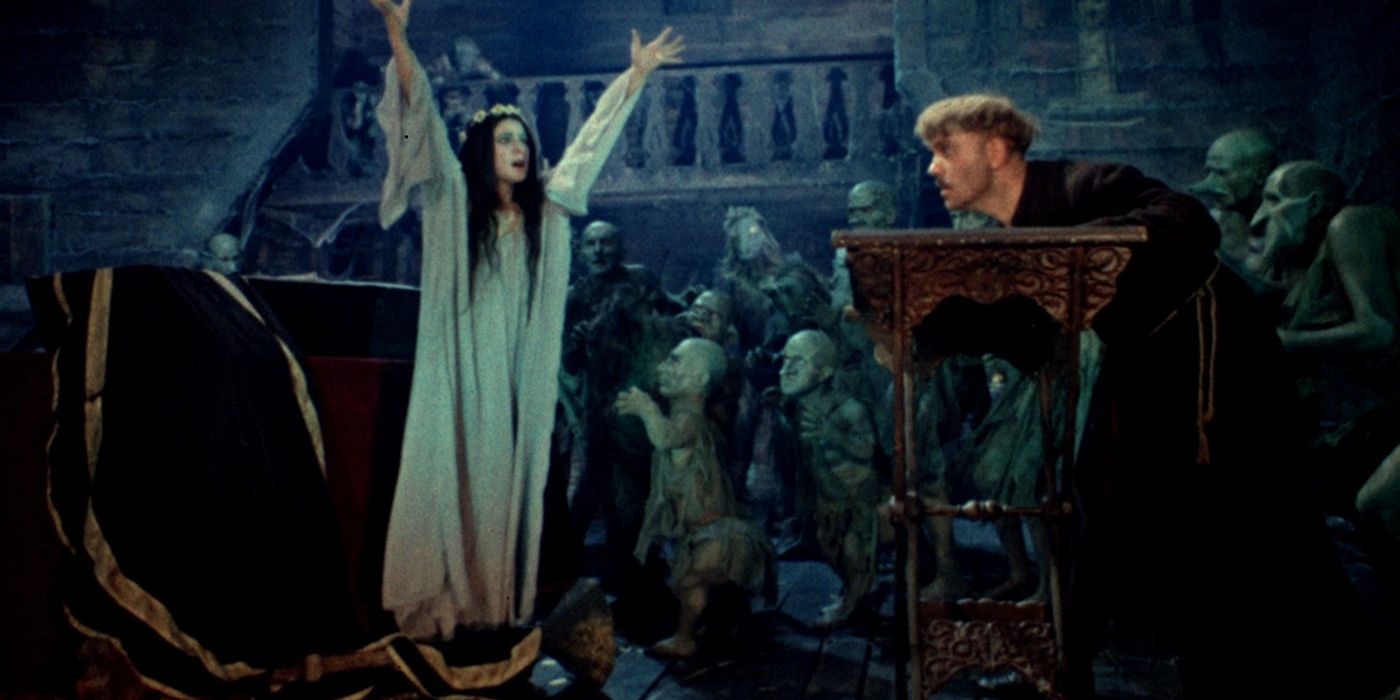
In Viy, When a witch tries to seduce the young man, he beats her brutally. He is then called by a rich merchant whose daughter died and he is ordered to stay for three nights with the dead body praying for its soul. The problem is that the girl rises and wants vengeance.
Viy is one of the least-known of the top horror movies of the 1960s according to IMDb fans. It is the first Russian horror movie released in the USSR during the Soviet era. The movie is a claustrophobic terror-filled story about a seminary student haunted by a witch.
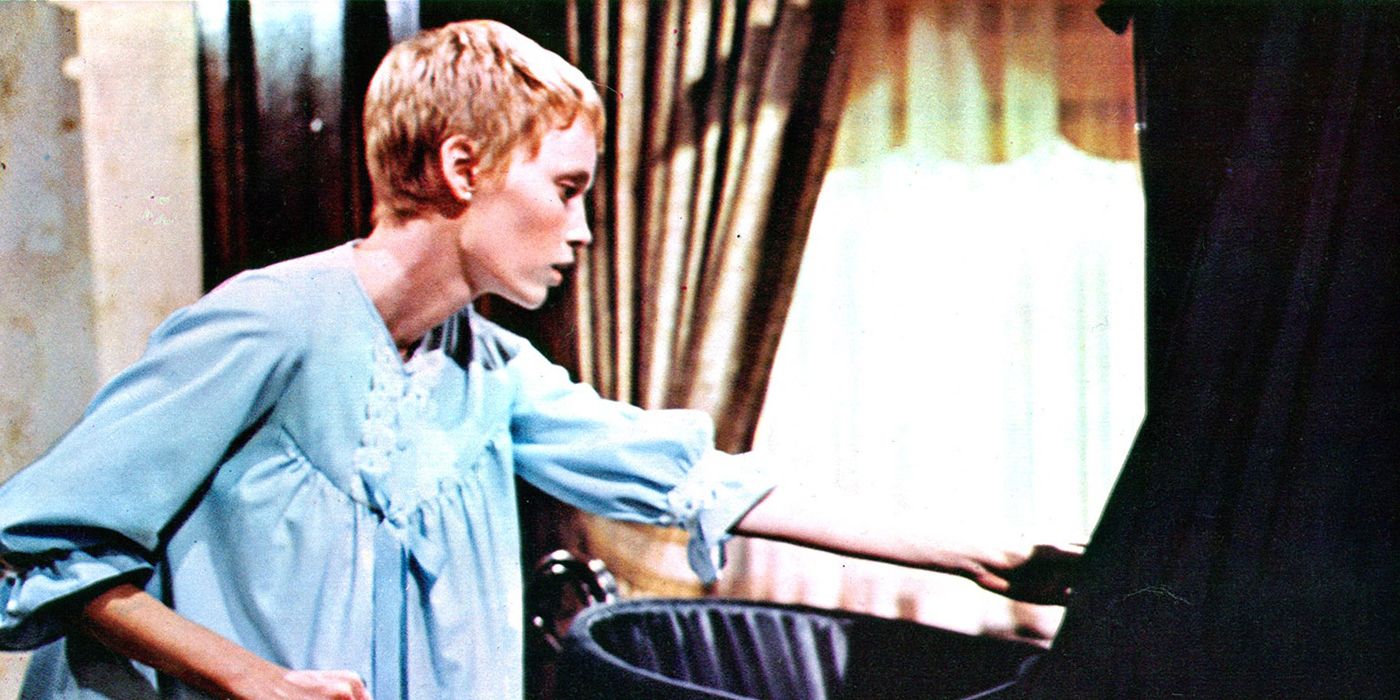
In 1968, Roman Polanski returned with his best critically-acclaimed movie. In Rosemary's Baby, Mia Farrow stars as a pregnant woman who finds that the people in her apartment building have taken a strange interest in her. She soon realizes that her baby might not be human.
The movie won Ruth Gordon the Best Supporting Actress Oscar and Polanski picked up an Oscar nomination for directing the movie. Rosemary's Baby not only sits at an 8.0 according to IMDb voters, but it is also 96% fresh on Rotten Tomatoes.
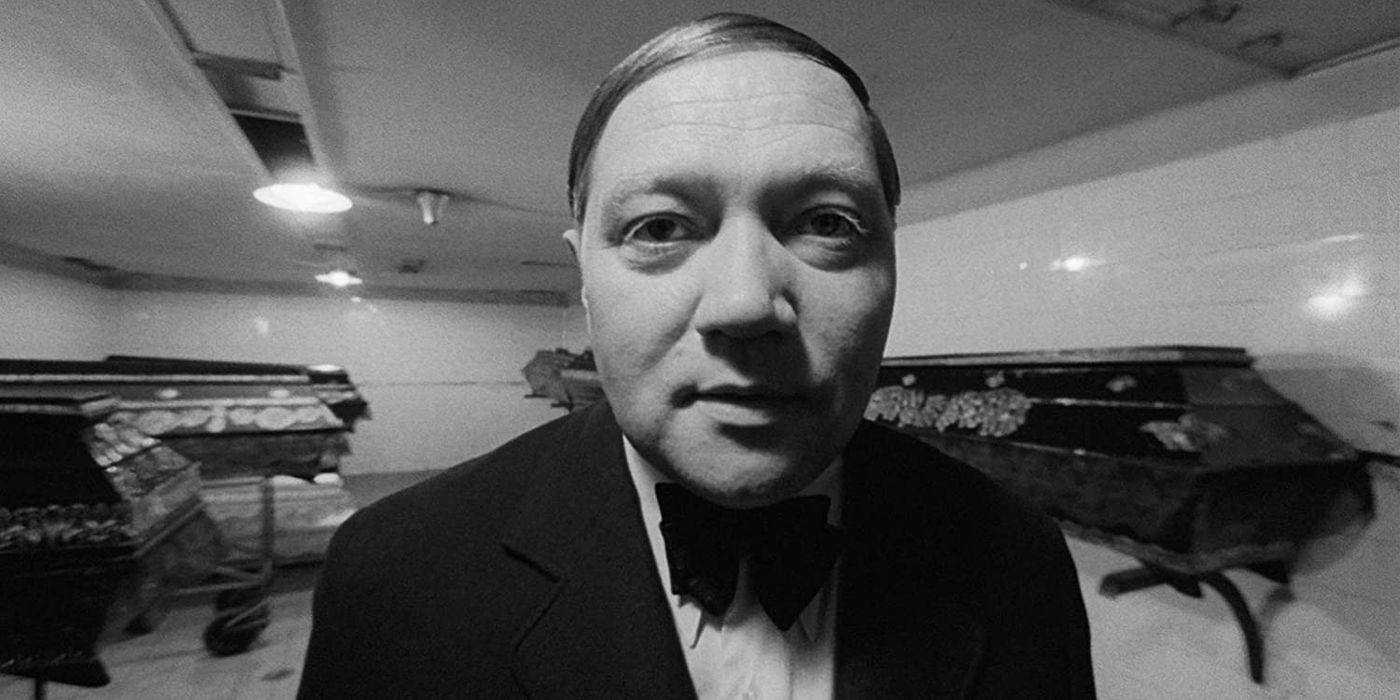
The 1960s ended with The Cremator as the highest-rated horror movie of the final year of the decade, according to IMDb fans. While the movie was not accepted as a finalist for the Best Foreign Language Film at the Oscars, it was still a movie that viewers loved, giving it an 8.0 on IMDb.
The Czechoslovakian movie follows a cremator in Prague in the 1930s who eventually kills his own family. He then moves on to running the ovens for the extermination camps for the Nazi party where he believes he is liberating people's souls. The movie, in stark black and white, is a throwback to German Expressionistic films, albeit a dark morbid comedy.
from ScreenRant - Feed https://ift.tt/3B8oDQG

0 Comments